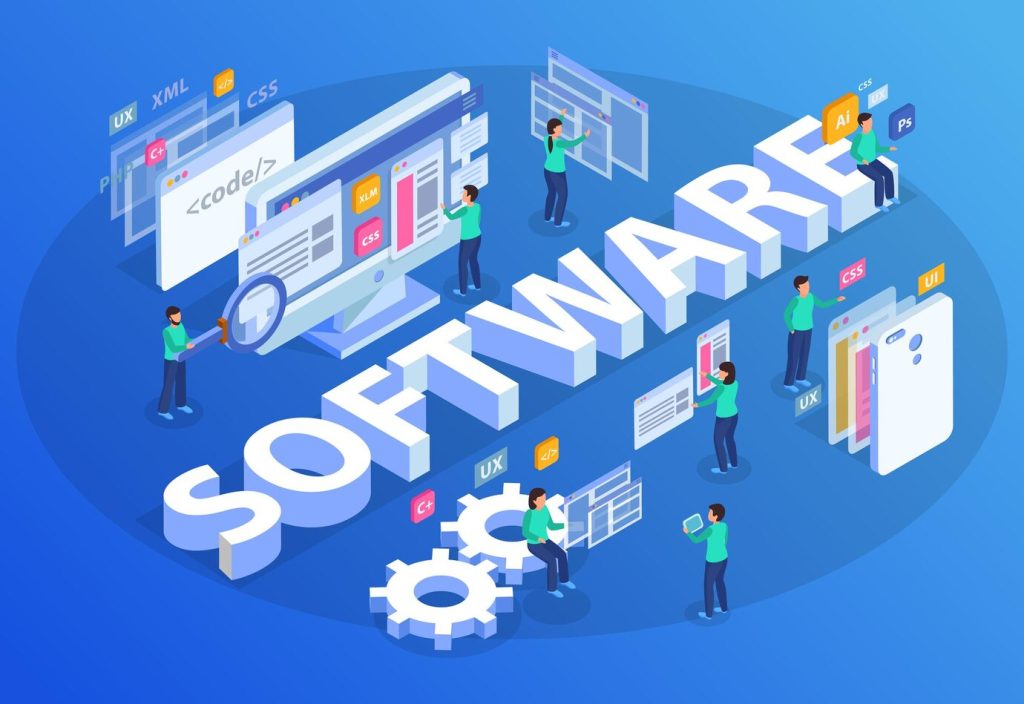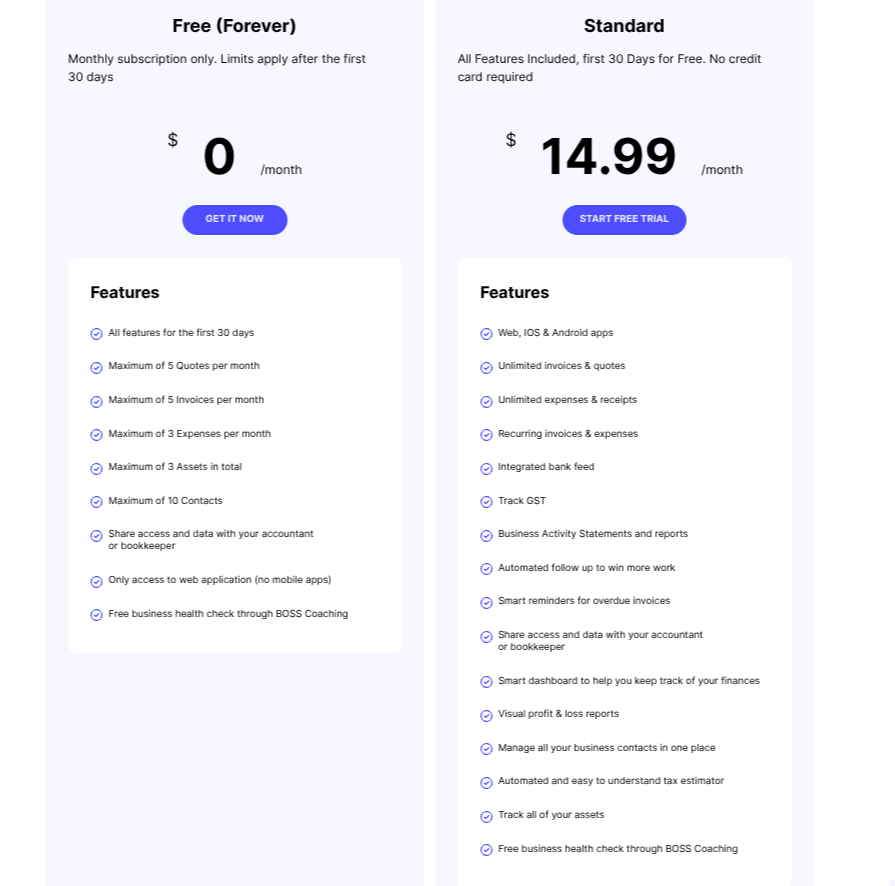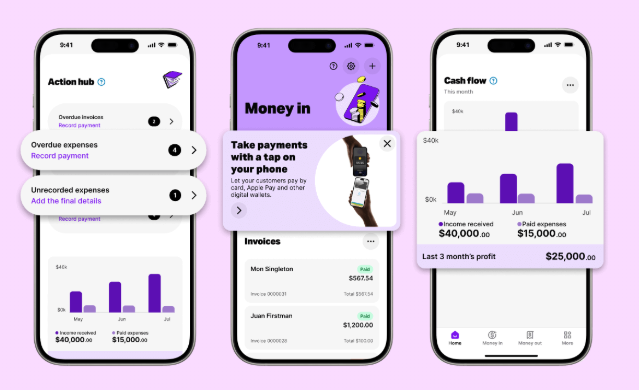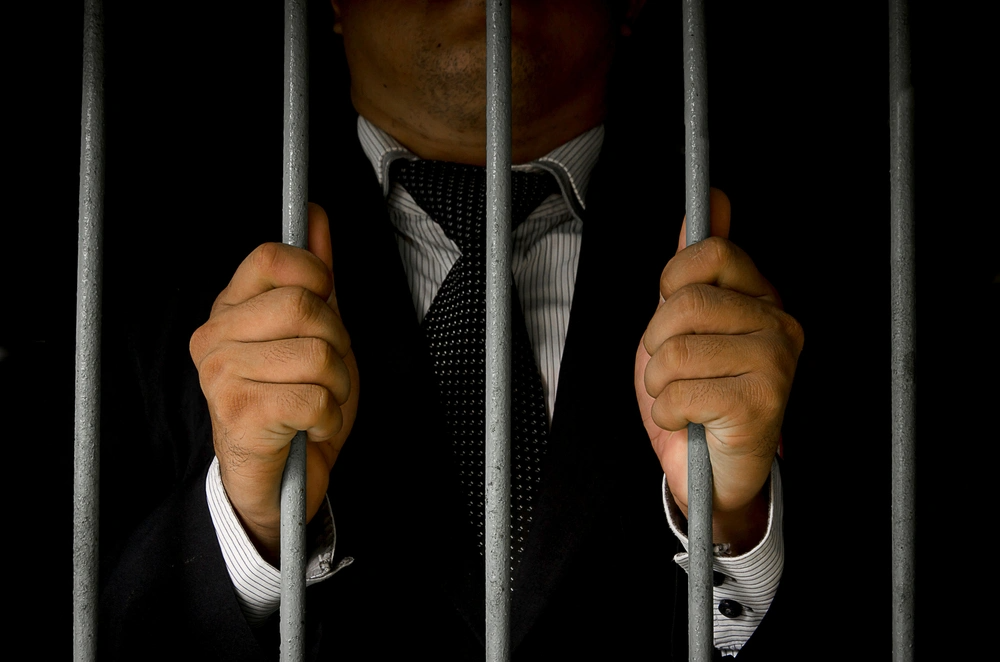Victorian Land Tax Changes: What Home-Based Businesses Need to Know
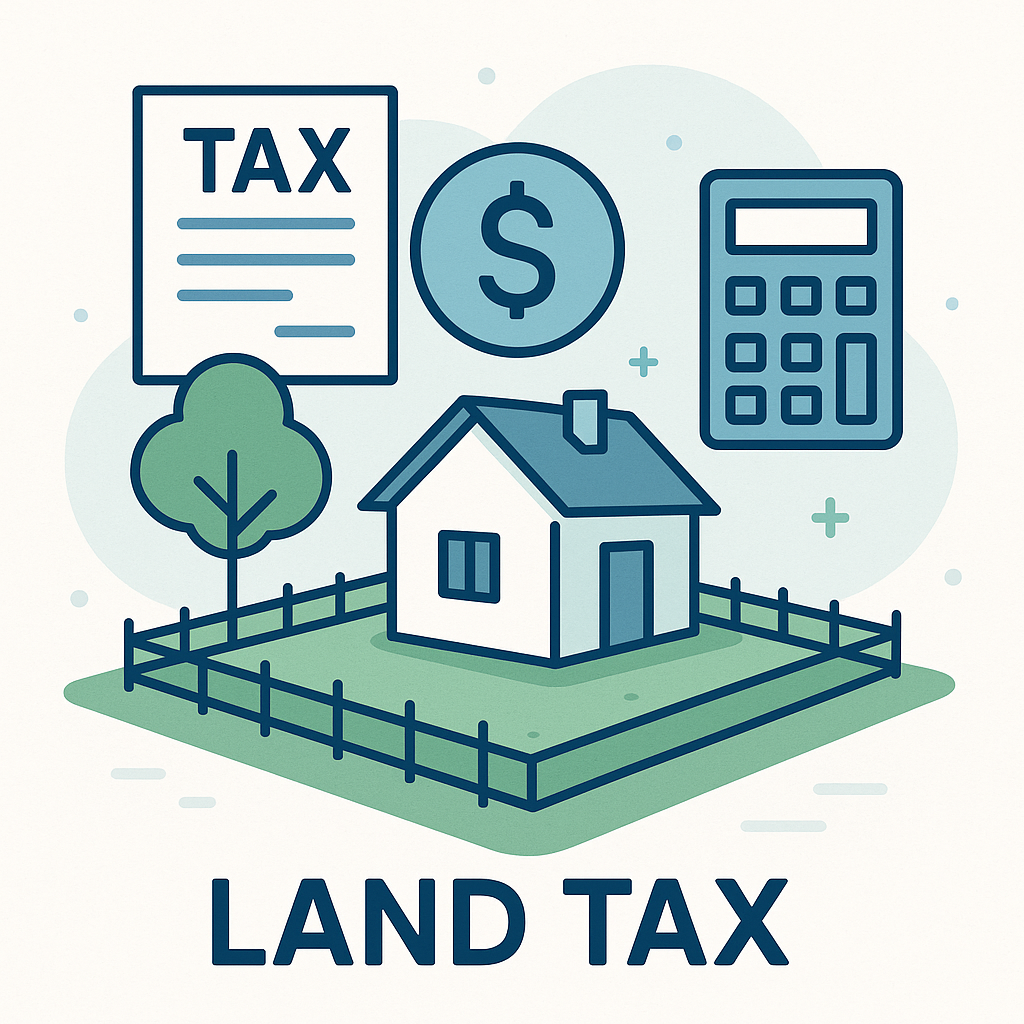
The Victorian Government is once again increasing the tax burden on Victorians, and this
time, homeowners running businesses from their properties are in the cross-hairs.
The State Revenue Office of Victoria has begun auditing homeowners who operate
businesses from their residences, including those working from a home office, shed, or
garage.
Understanding Land Tax
Land Tax (Vic) is an annual tax calculated on the total taxable value of all land you own in Victoria as of December 31st of the preceding year. Typically, your Principal Place of Residence (PPR) and primary production farmland are exempt. However, starting in 2024, the Land Tax threshold (General Rate) was significantly reduced from $300,000 to $50,000. This change means a substantial increase in the
number of Victorian landowners now liable for land tax.
Impact on Home-Based Businesses
If you run a business from your home, you might now be liable for land tax on your PPR.
Here’s what they consider:
**Income: Whether your business generates $30,000 (gross) or more in income.
**Space Usage: If more than 30% of your home’s land or building area is used, even partly, for business purposes.
**Employees/Contractors: If you have paid employees or contractors (excluding relatives living on the property) working on your land.
**Permits: If a council permit is required for your business activities.
**Deductions: The extent and nature of income tax deductions claimed for your business.
How is the Tax Calculated?
The land tax is apportioned based on the floor space or land area used for your business. For instance, if your home office occupies 30% of your total home’s floor space, you’ll be charged 30% land tax on the non-exempt portion, once the taxable value of your land reaches $50,000.
My Opinion
As a person who also runs a home-based business, I share the deep frustration felt by many Victorians regarding this expansion of land tax. At a time when the cost of living is already a significant challenge, imposing new and unexpected tax burdens on hard-working self-employed individuals seems profoundly unfair.
While I believe in a fair and equitable tax system, the rationale behind taxing a portion of one’s Principal Place of Residence simply for operating a home-based business lacks proportionality. This approach raises serious questions about the government’s strategy for addressing its financial position, as it appears to be relying on broad taxation measures that could inadvertently stifle small business growth and impact the financial security of homeowners in general.
This policy risks diminishing the hard-earned equity that many small business owners have built in their homes. If you run a home-based business in Victoria, I encourage you to consider the implications of these changes, as I believe it’s a critical issue that deserves immediate attention.
Victorian Land Tax Changes: What Home-Based Businesses Need to Know Read More »



